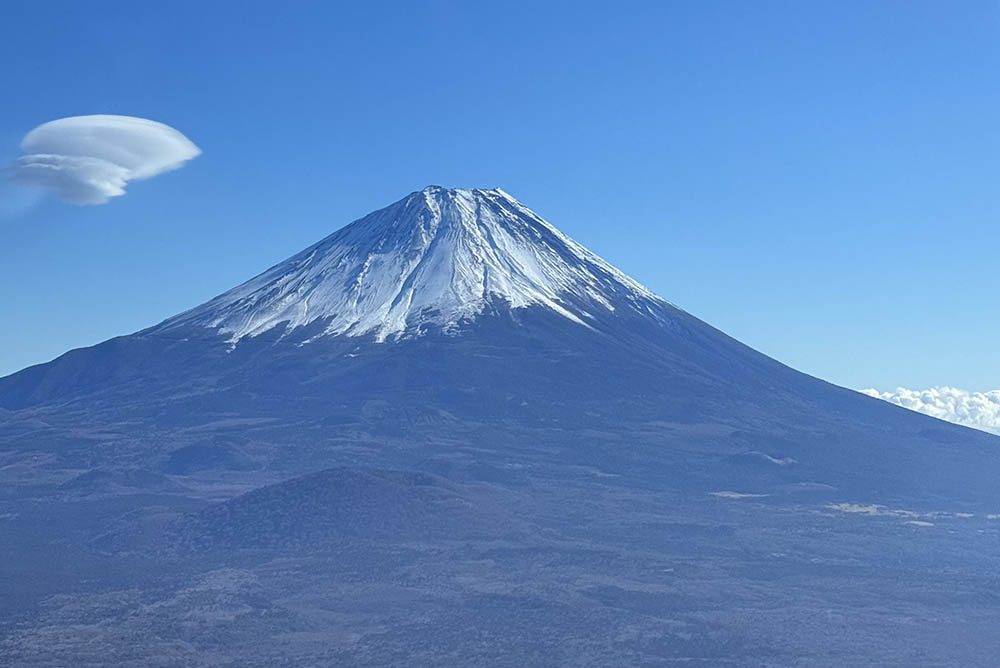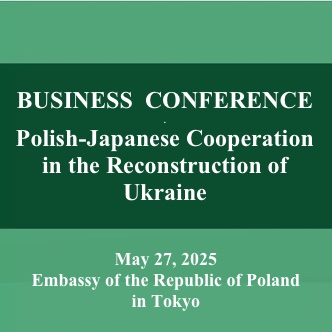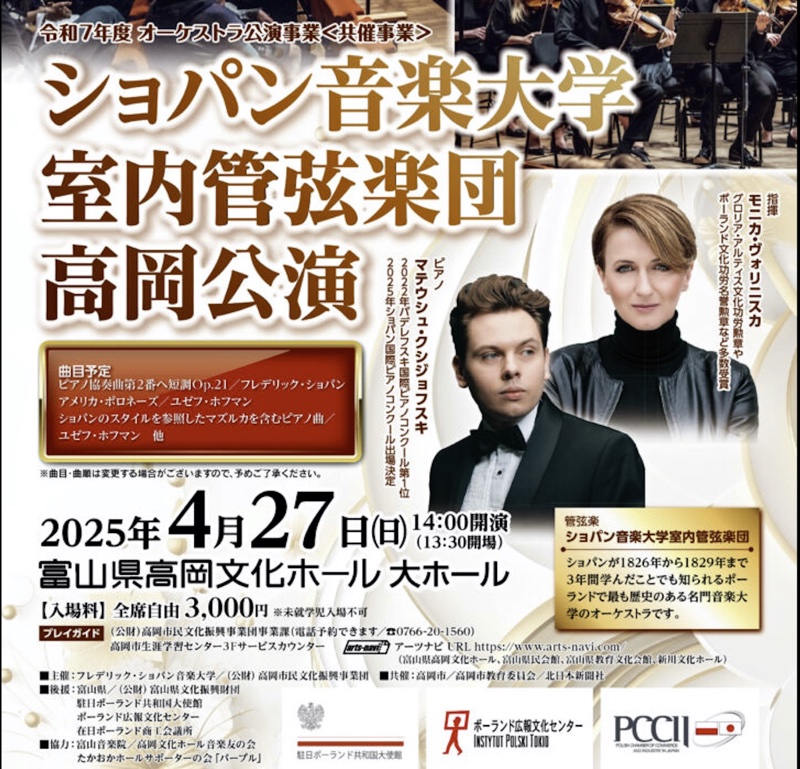Shukubo-gun in Minobu, Yamanashi Prefecture, is attracting attention from Japan and abroad as a tourist destination where visitors can experience good old Japan and experience a variety of attractive programs. The 550-year-old Kakurinbo offers Yuba cuisine, sculpture experience, sutra chanting and other unique cultural experiences only found in temples. In addition, sightseeing helicopter flights that offer a bird’s-eye view of Japan’s highest mountain, Mt. Fuji, are especially enjoyed. Come and enjoy a taste of “real Japan” in this special place surrounded by history and nature.
Index
1. Local gastronomy in Minobu
2. Kakurinbo Temple Beer
3. EBISUYA, a Whole-Building Rental Inn
4. Outstanding Experience Programs and Tours are the Pride of Minobu
– Make your original wine label with Nishijima washi paper!
– Learn from Buddhist statue sculptors in this sculpture experience
5. Take a Scenic Helicopter Flight around Mt. Fuji, the Highest and Most Beautiful Mountain in Japan
6. Special Interview with Junko HIGUCHI, Proprietor of Kakurinbo
1. Local gastronomy in Minobu
Minobusan has the most fantastic cluster of lodges in the Kanto region. One lodge, Kakurinbo, stands on the mid-slope of the mountain, and not far from there is Ebisuya, an inn that can be rented out as a whole building. Ebisuya also incorporates a Farm Cafe, and the community works together to promote local gastronomy.
The leader of this project is Junko Higuchi, the proprietress of Kakurinbo. Higuchi is also an organizer who rediscovers hidden local culinary charms, unearths tourism resources, refines them, and plans and produces new tours and numerous experience programs. Higuchi says, “First of all, I want to use ingredients that can only be found locally and have people eating local food in the local way. I want people to experience and taste the entire local food culture.” She emphasizes that she wants visitors to fully enjoy the limited time and space that can only be experienced in the Minobusan area at that particular moment.
At Kakurinbo, the “Oteranchi,” a yuba (tofu skin) dish served at the temple, is highly recommended. The “Yuba Gozen,” a set meal with seasonal ingredients and yuba, is also excellent. That’s because tasting the seasonal ingredients of the moment is the most delicious, nutritious, and luxurious way to eat. Yuba is high in protein and low in calories and contains no cholesterol. It is truly a Japanese superfood. Its composition centers on soy isoflavones, which are highly effective for beauty, combined with saponins, which have antioxidant properties, and diverse amino acids, all in an excellent balance. It has many vegetarian and vegan fans.
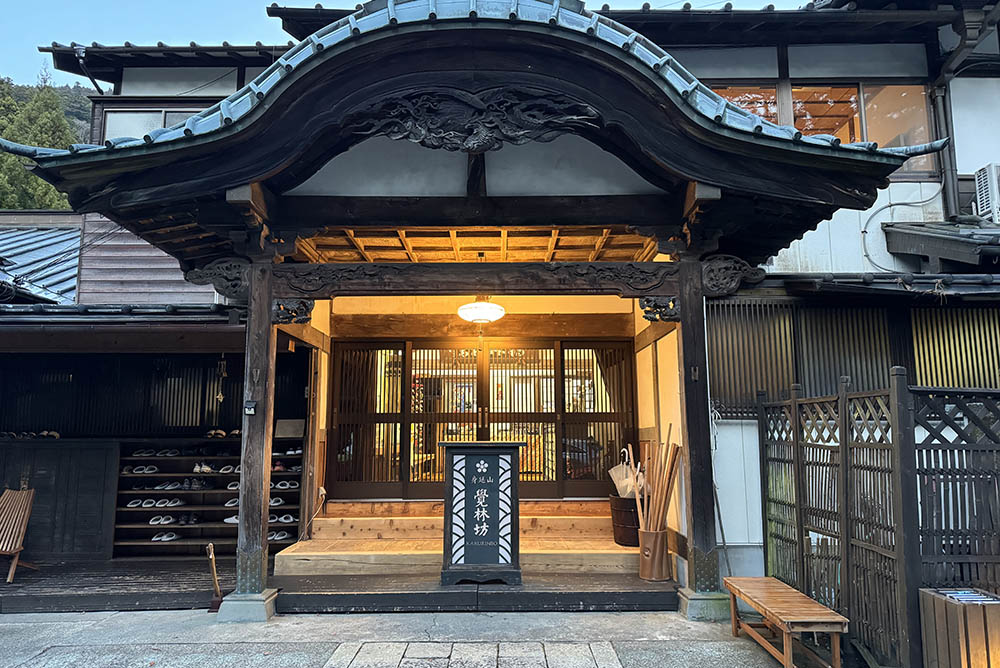
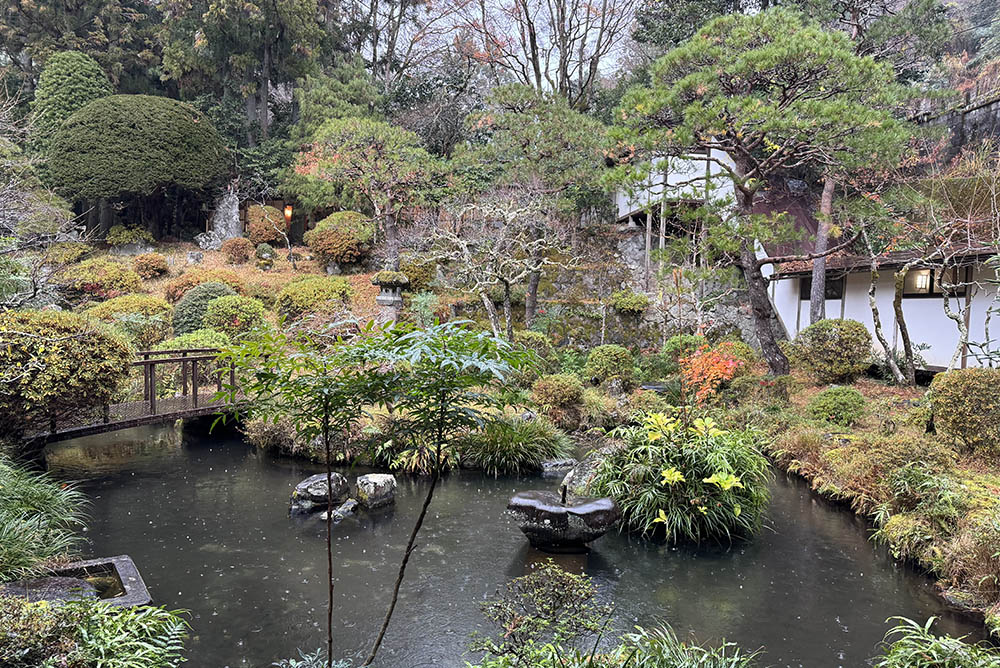
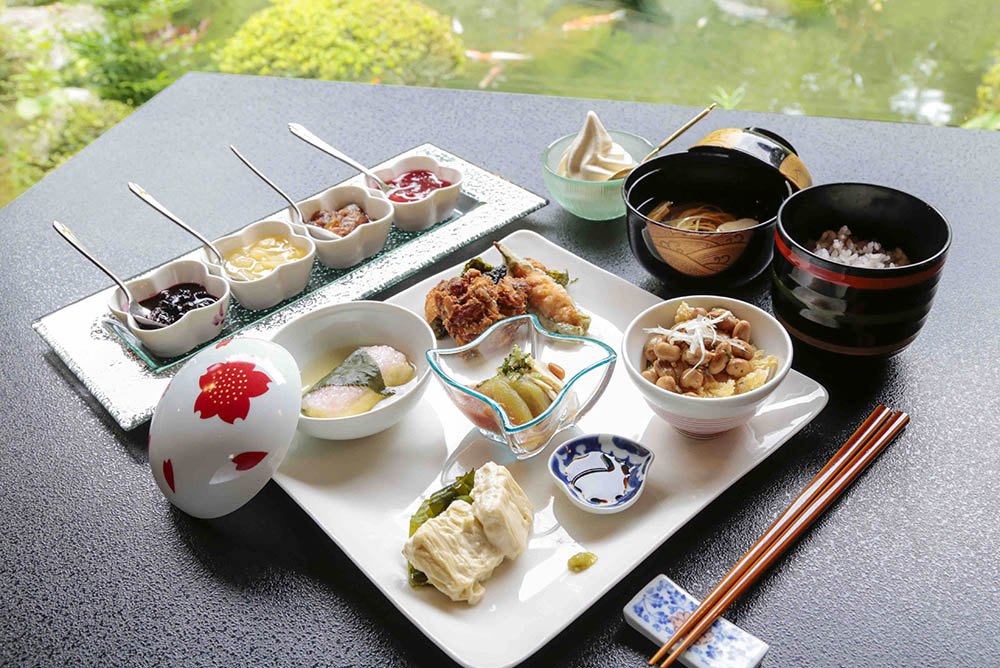
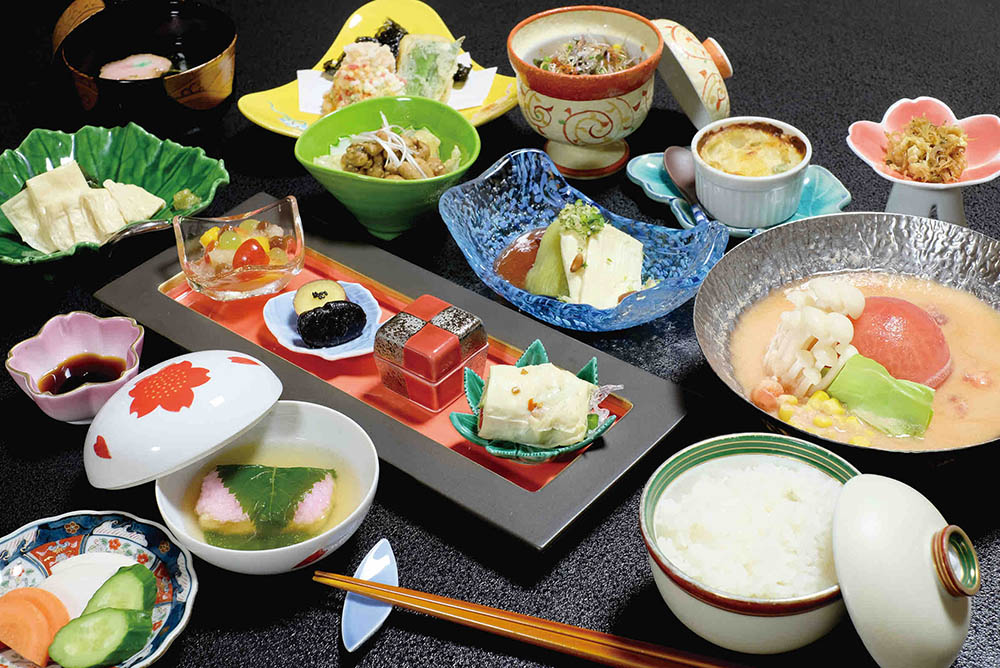
2. Kakurinbo Temple Beer
Kakurinbo Temple Beer was born out of the desire to revitalize the temple town. Let’s savor all the local gastronomy, accompanied by temple beer created at the lodge!
It’s well known that the liquor business saved Western monasteries in the 11th century. In medieval Europe, where Christianity spread, monasteries were not only religious places to deepen one’s faith but also places where production, through the labor of farming and clearing land for cultivation, could take place. Brewing beer was also part of the monastery’s production activities. There was no tea or coffee in medieval Europe, and even clean water was hard to come by. When thirsty, people hydrated themselves with thin beer; when tired, they fortified themselves with more concentrated beer. For them, beer was, more than anything else, their sustenance for life. The story of how the monasteries brewed beer for visitors and their consumption is a surprisingly little-known historical fact. (Edited excerpts from the KIRIN site “History of Beer: The Surprising Relationship Between Monasteries and Beer”)
In the 21st century, temple beers are breathing new life into Japan’s temple towns. Raise a glass of Kakurinbo Temple Beer in a hopeful toast for the future of Minobusan and its temple town! Temple Beer is a vegan beer.
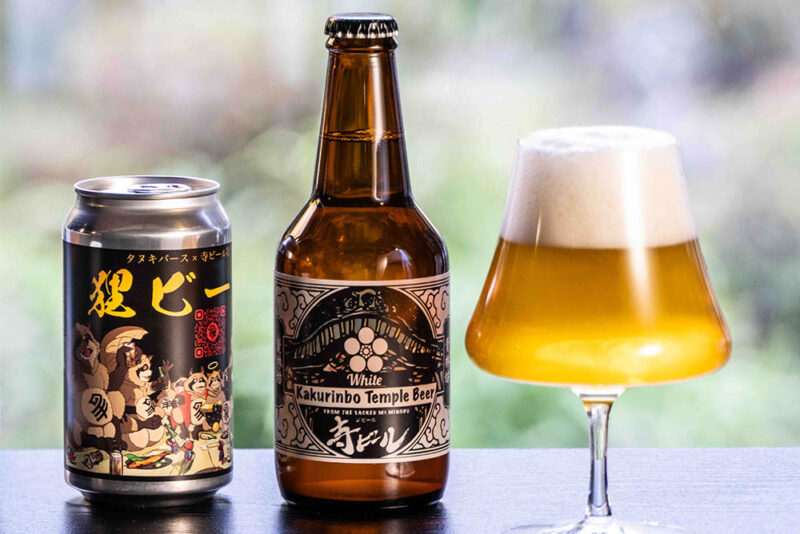
3. EBISUYA, a Whole-Building Rental Inn
Ebisuya, an inn for rental as a whole building, is a 90-year-old mansion that once belonged to the Mochizuki family, a prominent family that made its fortune in the area. It has now been restored to its original state. It has an open terrace facing the mountain greenery and the river. The purely Japanese-style rooms retain the design touches of the artisans who made them, while the Western-style rooms are steeped in Taisho-era culture. In addition, the whole interior is adorned with many artworks by contemporary artists. We hope you will spend time at Ebisuya, a delightful inn where old and new cultures are woven together, and enjoy local food and drinks to your heart’s content.
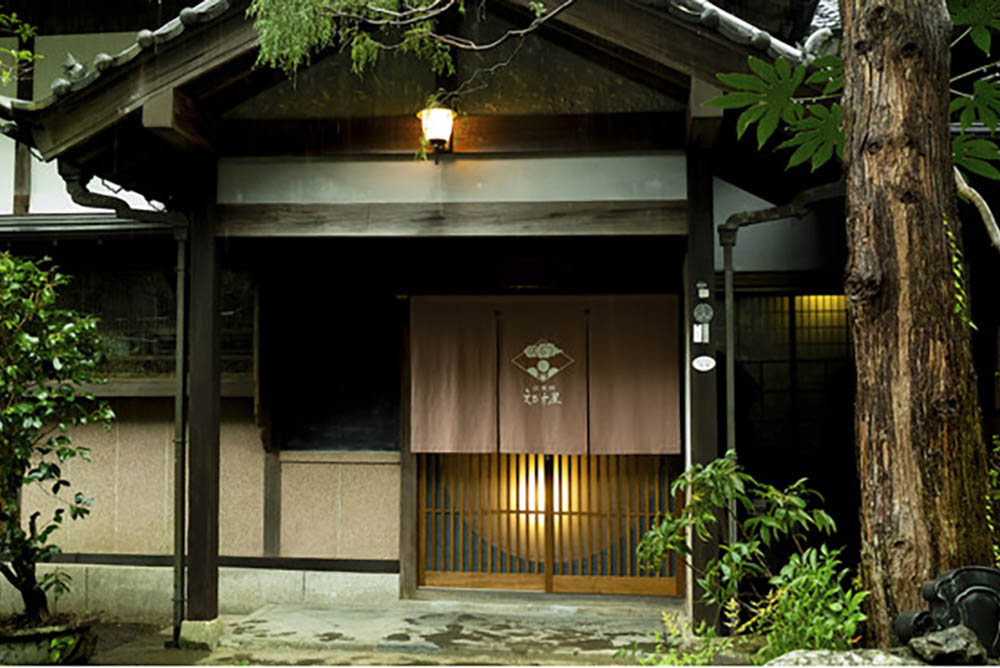
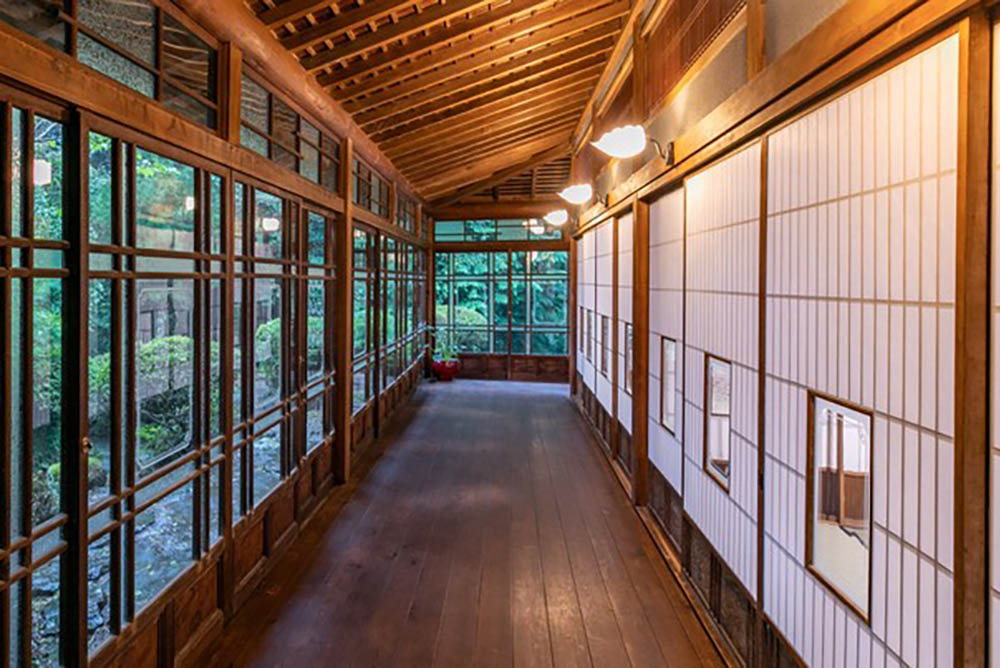
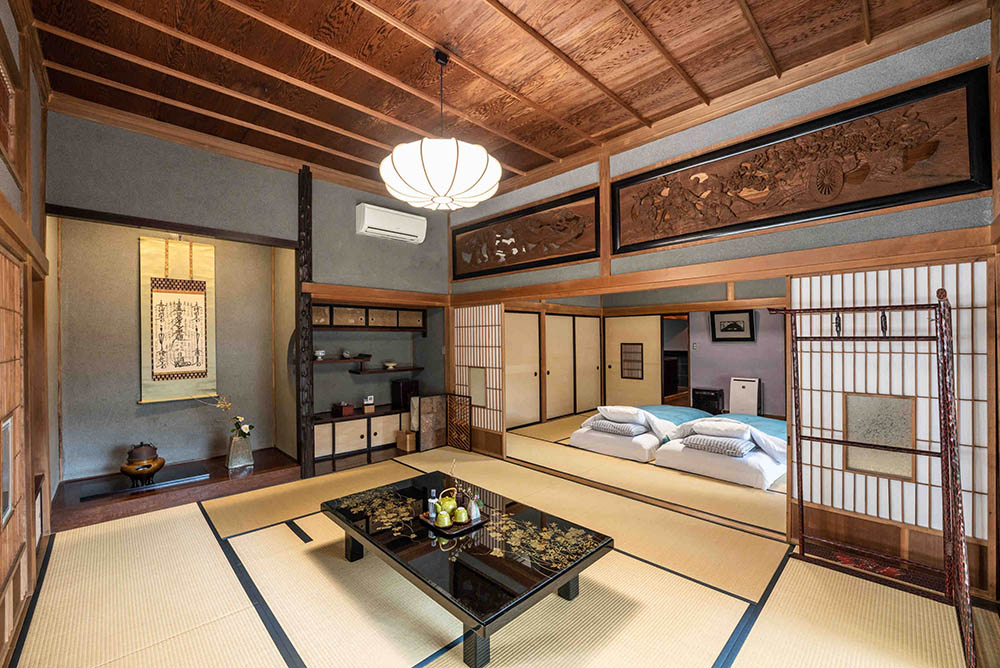
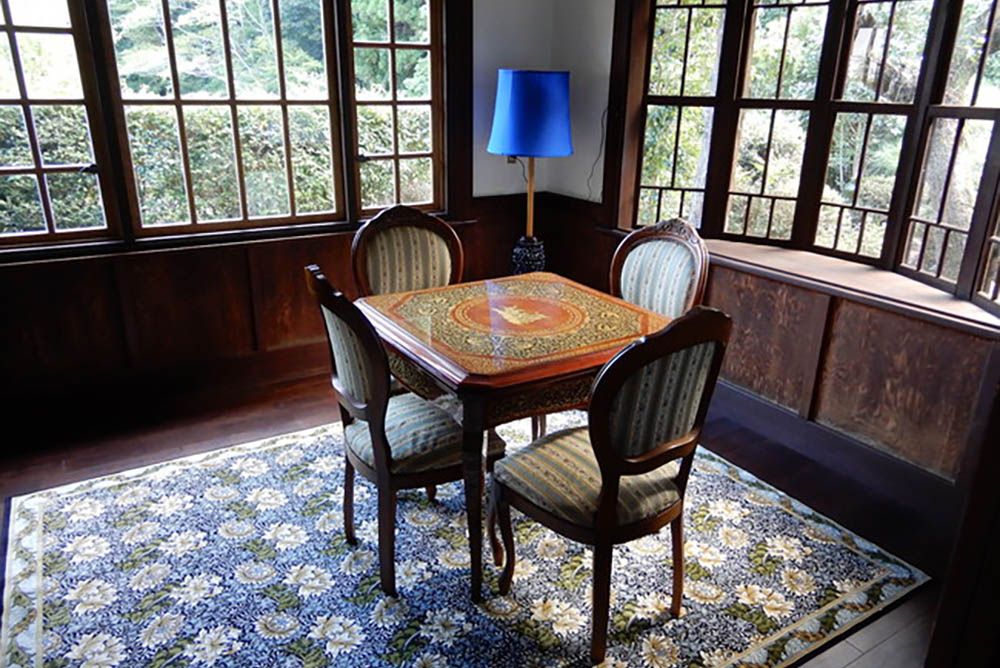
The Farm Cafe is built within Ebisuya. Here, they use regional ingredients and take care to create authentic meals under the motto of local gastronomy. Inside the cafe, you can enjoy a peaceful time while looking out at the garden and feeling the changing seasons. Many people come from far and wide to enjoy meals and cafe time amid the charmingly colored chairs and counters. The popular “Hoto* Carbonara” and the staff’s homemade “Minobu Canelé” are new additions to the menu and are gaining a following. Please give them a try!
*Hoto is a local dish made mainly in Yamanashi Prefecture. It has been selected by the Agency for Cultural Affairs as one of the “100-year foods,” a title given to food culture that has been handed down from generation to generation and should be preserved for the future.
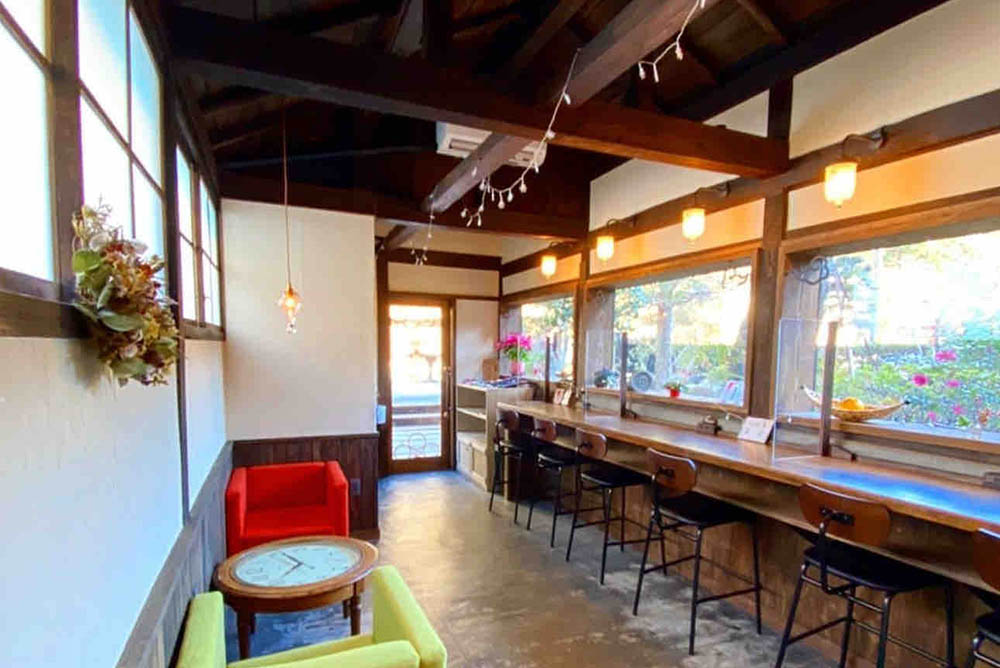
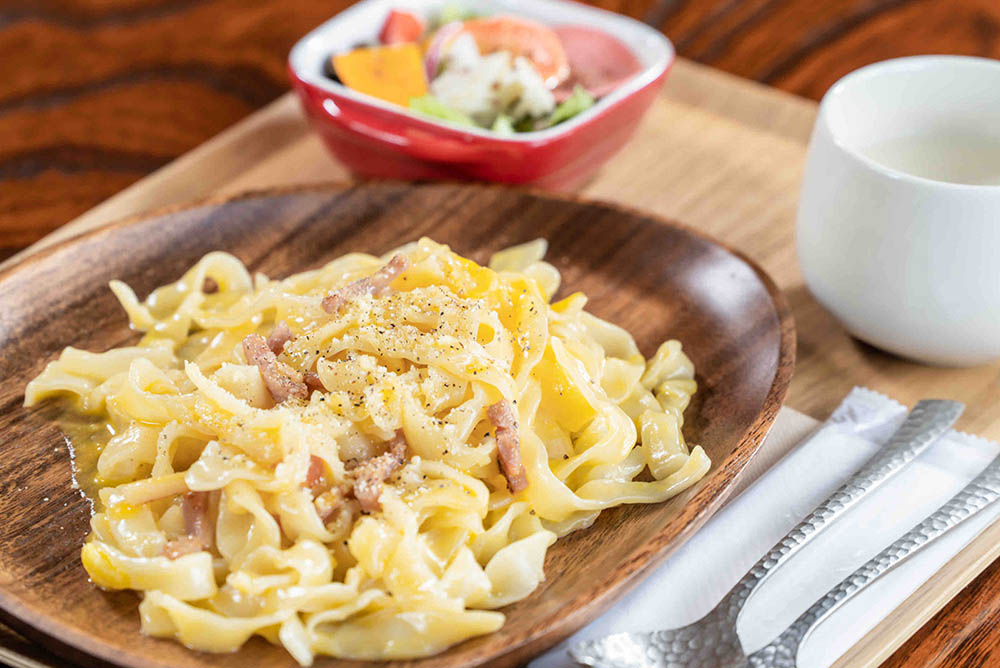
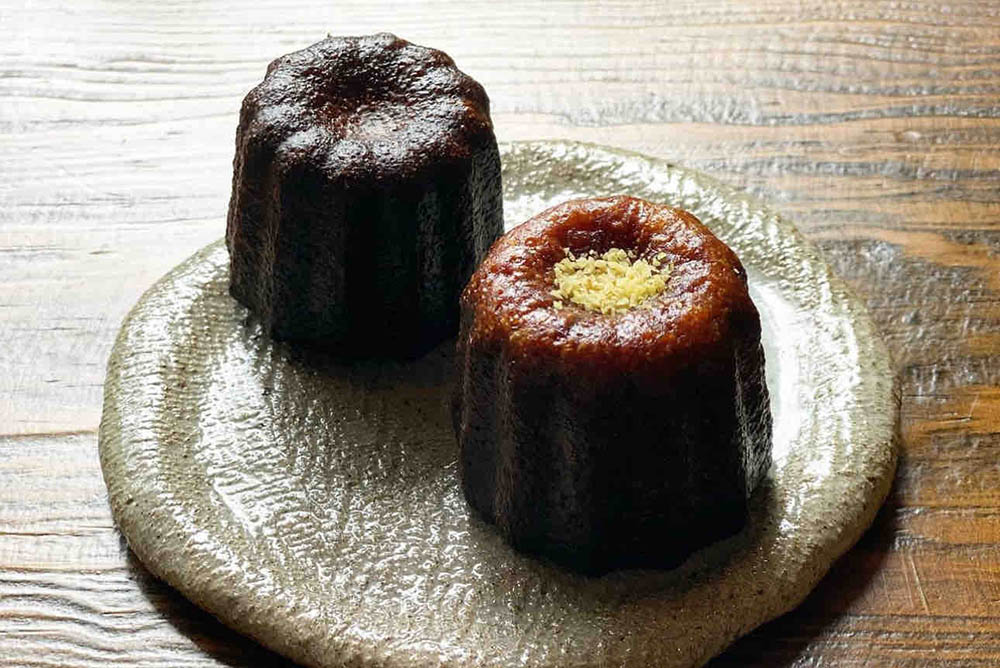
Farm Café: Open 10:00-17:00 (Friday, Saturday, Sunday: 10:00-18:00)
4. Outstanding Experience Programs and Tours are the Pride of Minobu
Kakurinbo offers an authentic Japanese experience by planning unprecedented initiatives focusing on Japanese culture, history, and traditions. Examples include sutra copying and reading and kimono experiences that can be enjoyed only at a temple, as well as Noh, Kabuki, and taiko drum performances.
Let’s look at the Nishijima washi (Japanese paper) wine label-making experience and the Buddha statue carving experience.
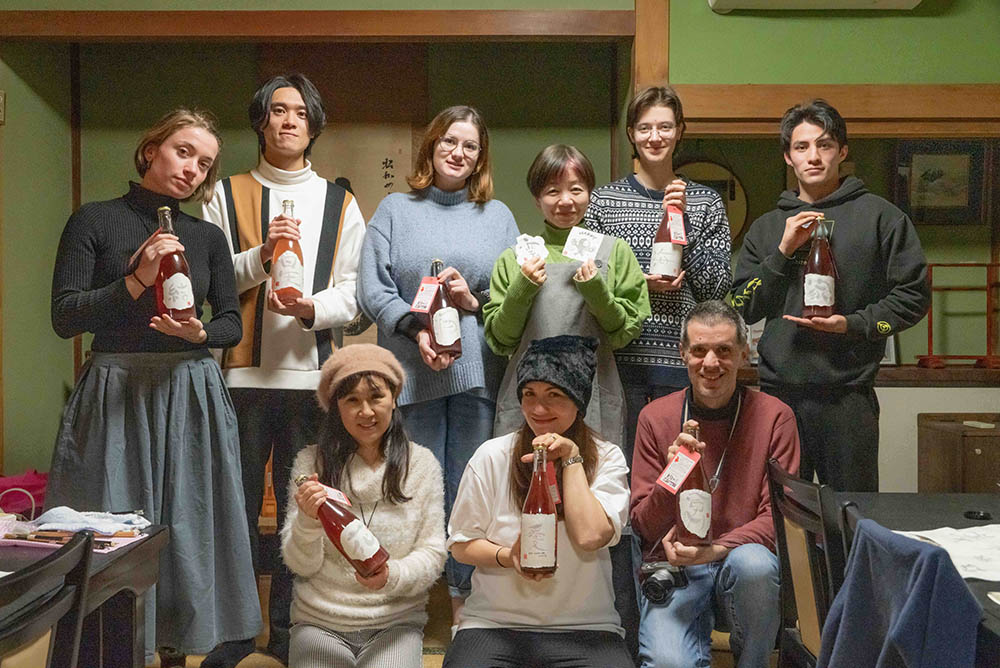
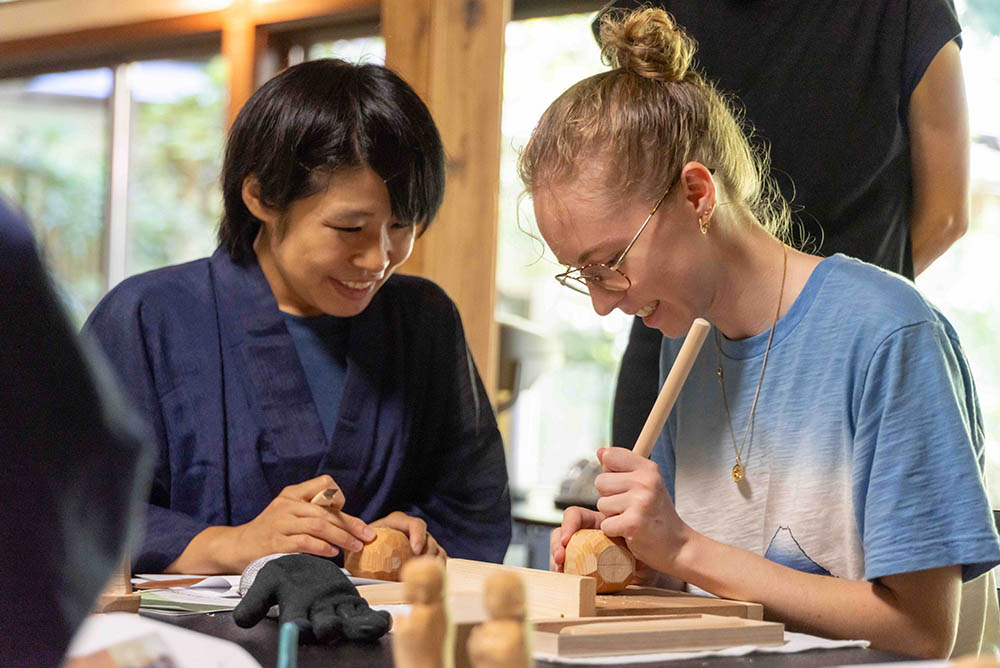
Make your original wine label with Nishijima washi paper!
In this workshop, you not only experience writing calligraphy but also write on an item you can take home, specifically a label for the wine that is a famous product of Yamanashi. That way, you can take home a one-of-a-kind wine. Nishijima washi is made by adding short-fiber used paper to the raw materials, which produces softness and beautiful blotches. Try “Zen Painting,” which makes the most of the characteristics of this washi paper!
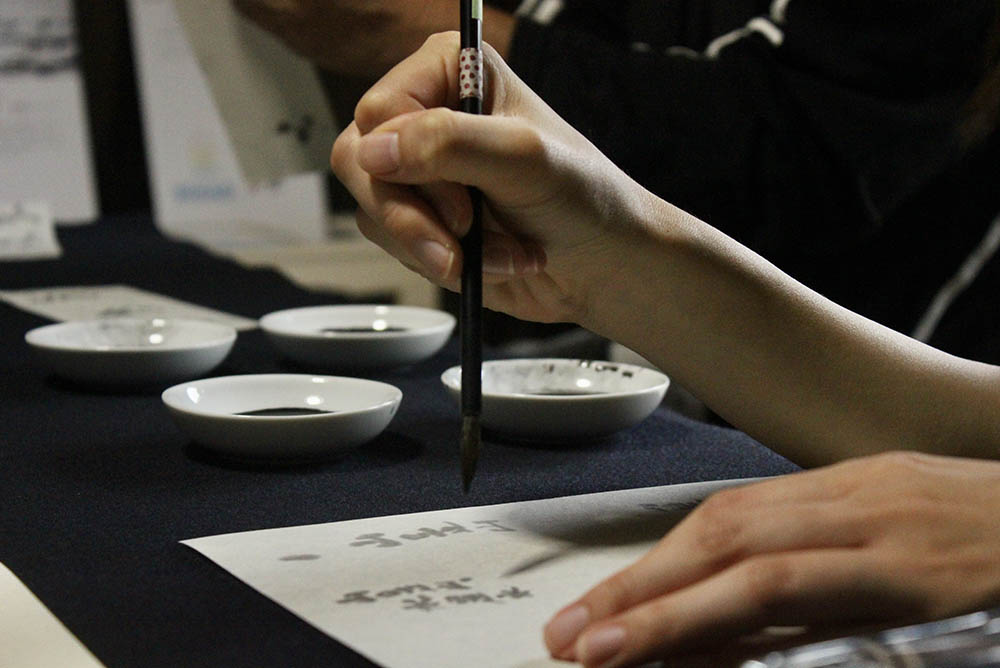
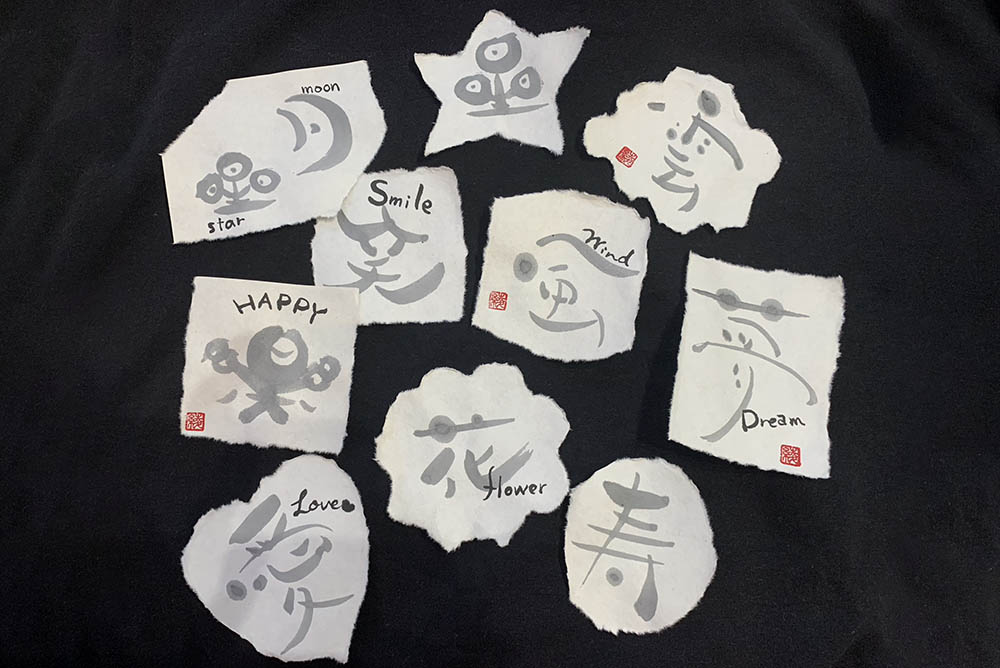
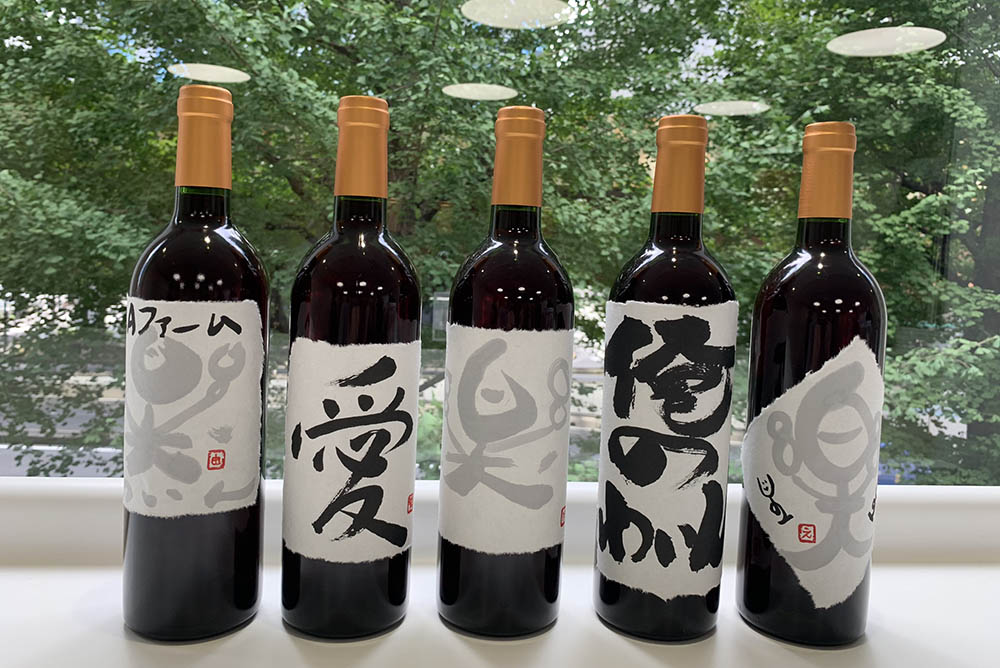
Learn from Buddhist statue sculptors in this sculpture experience
Now let’s look at the second precious experience that can only be taught here. The teachers are Shinmyo Aonuma, a Buddhist statue sculptor, and his wife, Sowa Aonuma. The first step is “arahori” (rough carving), which involves carving out the face with a large blade while leaving the corners intact. Next comes the “kozukuri” (fine crafting) process, in which fine details are finished using smaller chisels, and finally, the entire piece is finished using an even sharper blade. The two Buddhist sculptors will carefully teach you the techniques, so you can feel at ease even if you’ve never used a chisel. Of course, you can take your work home with you.
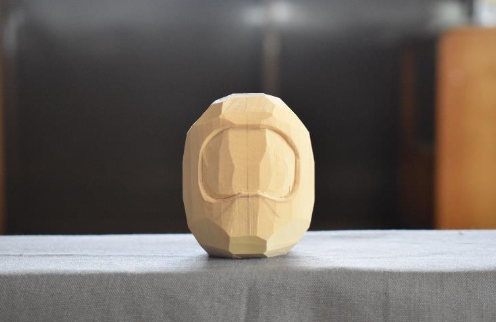
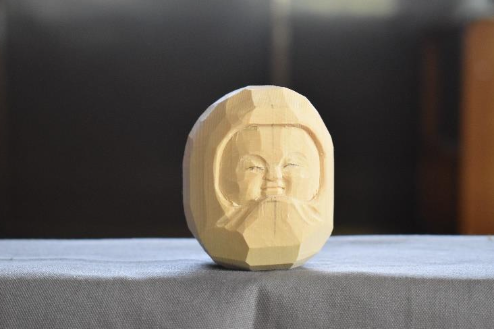
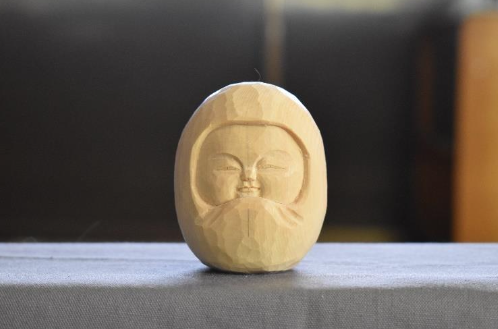
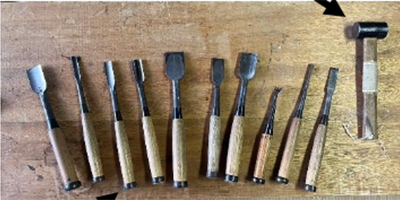
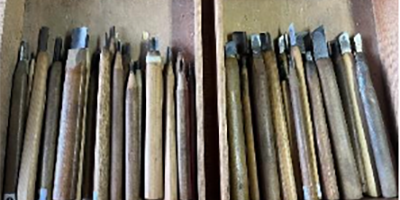
5. Take a Scenic Helicopter Flight Around Mt. Fuji, the Highest and Most Beautiful Mountain in Japan
Japan’s highest peak, Mt. Fuji, is 3,776m tall and Japan’s most famous solitary mountain. It has been an inspiration for culture and art since ancient times because of the majestic beauty of its ridges. As a World Heritage Site, Mt. Fuji also includes the surrounding shrines and mountain trails, making a total of 25 component sites. Fuji is a must-see spot for visitors to Japan, and viewing it from a helicopter is just breathtaking, an emotional flight into another world. The view also takes in the Fuji Five Lakes, which are rich in nature with abundant water.
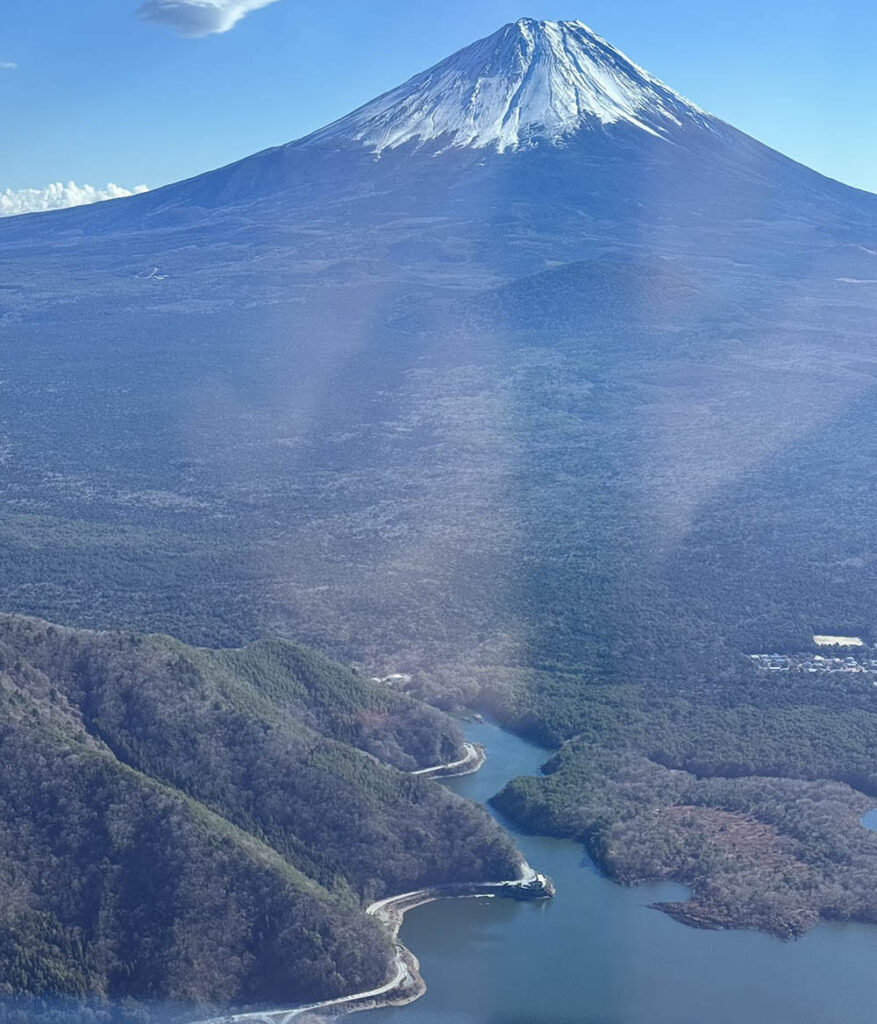
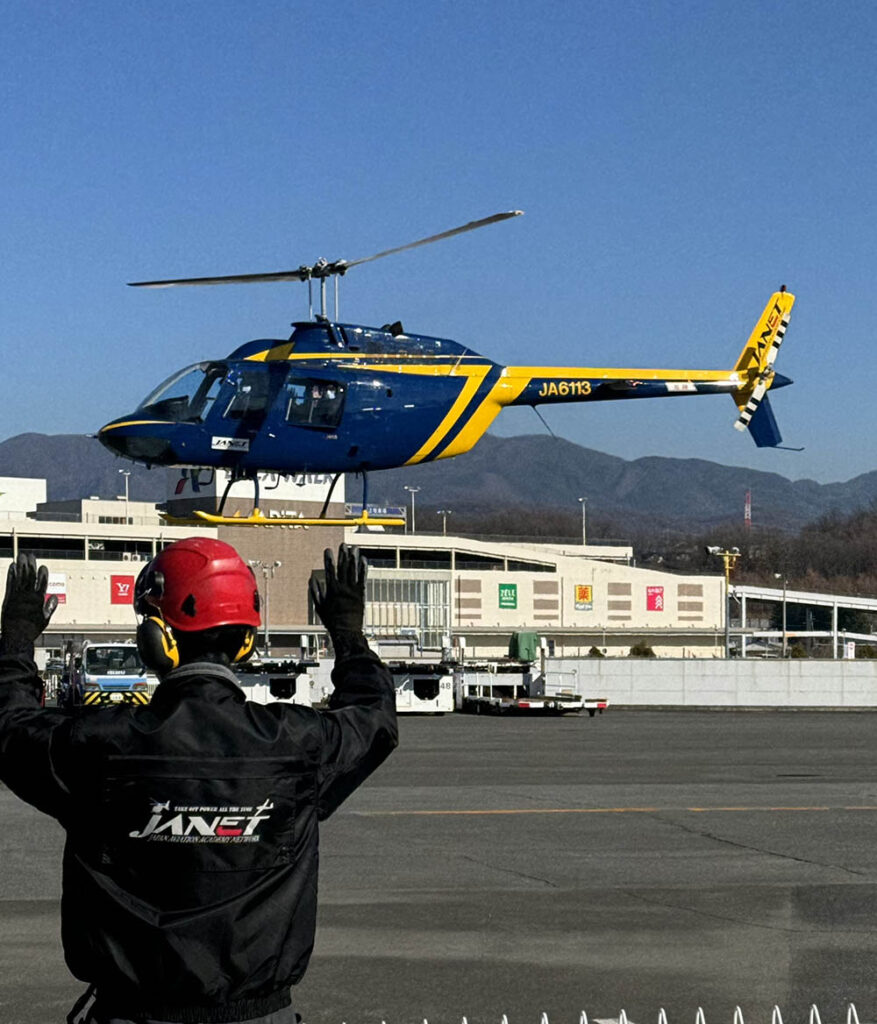
From the helicopter window
6. Special Interview with Junko HIGUCHI, Proprietor of Kakurinbo
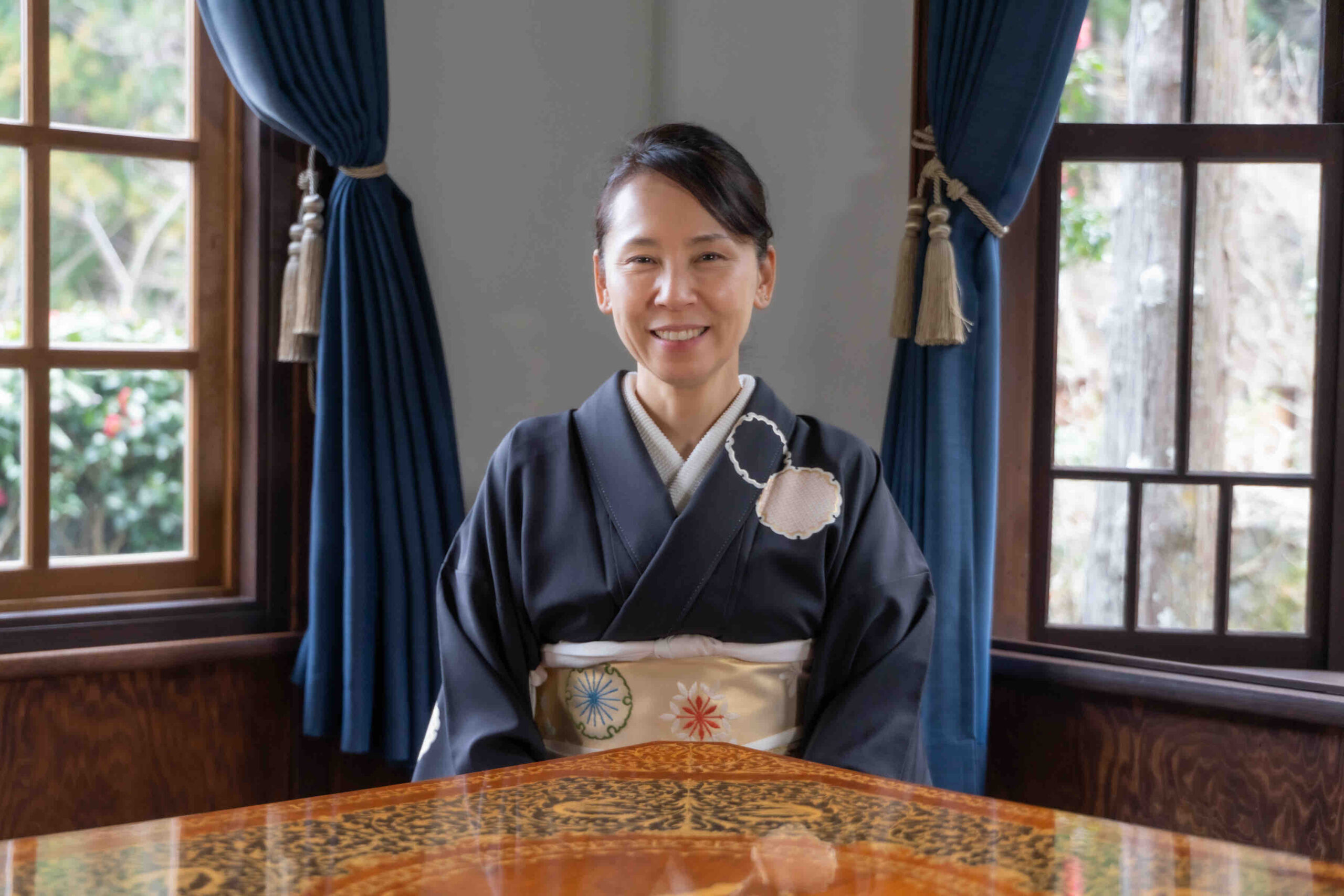 .
.
Junko HIGUCHI
Proprietor of Kakurinbo
Could you first introduce yourself?
My name is Junko HIGUCHI, and I am a proprietor of Kakurinbo. Please feel free to call me Junko. I was born in downtown Tokyo, and upon graduating from an art college, I married and moved to Minobusan. We have two sons and one daughter. Our second son is a priest. I have been working with passion and desire to improve my hometown, the community we all hold dear to our hearts, and make my hometown, Minobu, a more prosperous and vibrant community. We received the Ministry of Internal Affairs and Communications “Hometown Creation Award” in 2022 to recognize those efforts. In addition, to discover food culture rooted in the region, the Agency for Cultural Affairs established a program in 2021 to certify traditional regional dishes and sweets as “100-year foods” and to encourage publicity. Our local cuisine was selected in the “Future Category” for its popularity with Western inbound visitors. Our natto is made from “Akebono soybeans”, a specialty of Minobu-cho, Yamanashi Prefecture. We started making it in earnest about 20 years ago, and as part of our efforts to revitalize the community, we invented a vegetarian dish called “Oteranchi” and added it to our lunch menu.
That’s great. I understand you also received an award from the Kanto Regional Agricultural Administration Office for “Discover the Treasures of Our Villages”?
Under the concept of “Seeking the Inner Journey,” we attracted more visitors with experiences at one-of-a-kind local resources (at the lodge) and by providing recipes utilizing local specialty products (Akebono Soybeans) in cooperation with local farmers. The program was recognized for organizing tours in collaboration with local communities, with farm stays as a critical element, developing travel products for inbound travelers and foreigners living in Japan, etc.
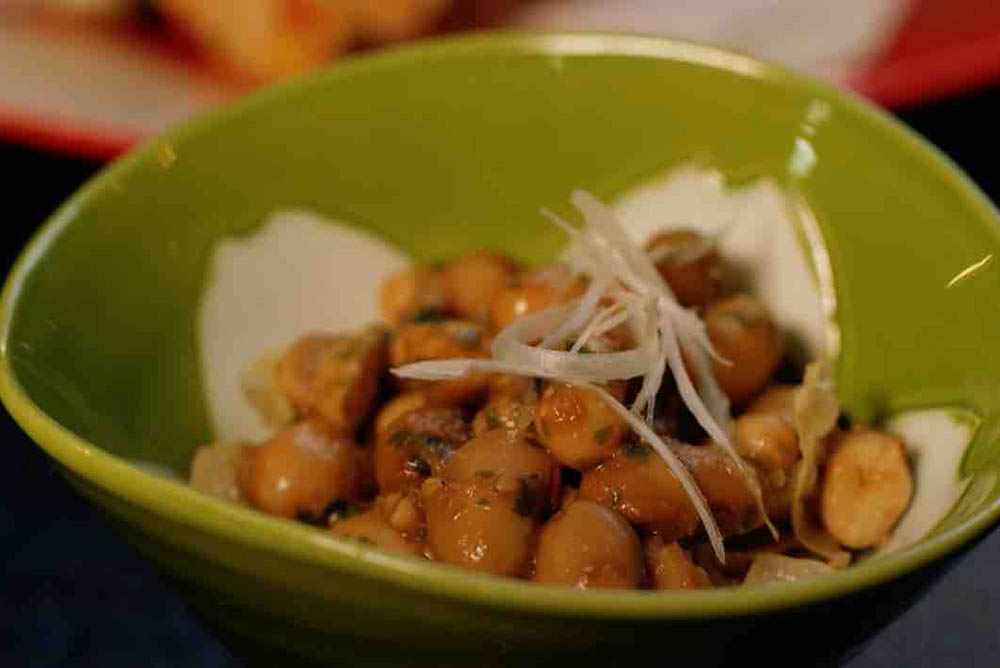
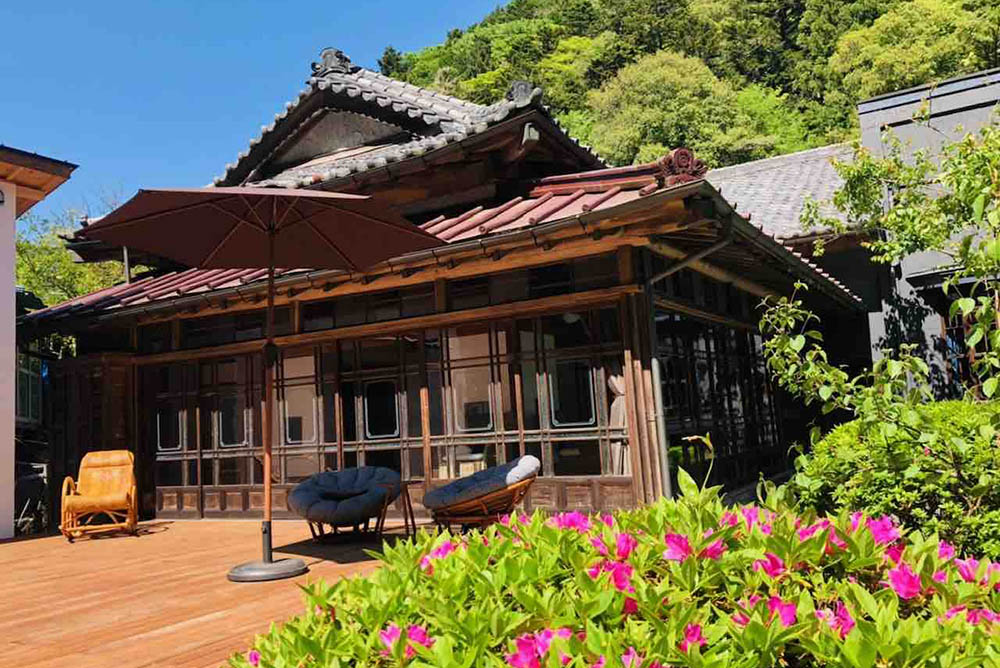
In addition to the Yamanashi Governor’s Commendation, we also won the Grand Prix at the Japan Travel Awards this year, and the award ceremony will be held at the Tokyo American Club on March 10.
Please tell us about the background of your involvement with Minobu.
I first encountered Minobu 33 years ago when I married into the family that operates Kakurinbo. At that time, Minobusan was a bustling town, filled with groups of devotees arriving weekly. It has become increasingly lonely over the years, and many days, the stores were closed, and no one was walking around. So, I began to think about the town’s development, as I felt this was not the way to go.
Minobusan has a history of 800 years, and the hot springs in the town were disappearing, so you stood up to stop that. In that context, what made you take on the crowdfunding challenge and work on it?
We used crowdfunding for the construction of the Sakura Terrace at Kakurinbo. Since then, we have raised a little money to restore and protect the hot springs source, but with the pandemic, the situation is getting desperate. Currently, Kakurinbo is raising funds for the restoration and renovation of the temple after Corona through a crowdfunding campaign called “Ubugoe” (birth cry). We will do our best with this promotion and hope you will support us.
The hot springs are scheduled to be restored this year for the first time in 10 years through a subsidy from the Japan Tourism Agency. This is the only hot spring in the area. We plan to build a small hotel (6 rooms) and a temple beer brewery there. The hotel will have a beer bar in each bedroom with unlimited drinks and a private outside bath. I have a Czech woman as one of my shareholders, and I am thinking of creating a brewery stay with a Czech style, incorporating her ideas.
What kind of future do you envision now?
The number of young people has been decreasing in Japan’s rural towns. We believe that one of the reasons is the lack of jobs where we can put our skills to use with pride. Therefore, we hope our project will trigger young people’s interest in the countryside and create companies that will allow children born in this town to return home.
What is the current situation of your lodge Kakurinbo?
Many Western working holidaymakers work behind the scenes at the temple. As it turns out, we believe that this is natural overseas missionary work for Minobusan. In addition, more than 70 percent of our guests are Western inbound culturally-aware people and expats living in Japan. Minobusan is a preferred location for such people and has excellent potential.
What would you like to do in the future? What are your dreams and visions for the future?
We would like to make the gate town of Minobusan a town that is bustling with people of many nationalities and is mentioned in guidebooks from all over the world.
What is necessary to make that a reality?
The first step for a rural town unknown is to make it known. Not just promotions but also the kind of hospitality and experiences that will not disappoint people who come. There are some issues, such as getting around (transportation), but we need young, fiery associates to help us move forward efficiently in these areas.
After the Covid-19 pandemic, inbound tourism is finally back in full force. What kind of stay, what kind of time, what kind of experiences do you want foreign visitors to have?
I often hear visitors say that Minobusan is a relaxing place to visit and that it relieves them of the fatigue of their travels. We hope people will enjoy the Buddhist mood and various experiences connected with Buddhist culture. One recent exceptional experience is a memorable helicopter trip to two of Japan’s most famous mountain worship sites, Minobusan and Fujisan. I want people to enjoy the spectacular views from the sky.
A foreigner who came to Minobu left a comment saying, “Kyoto is like old Tokyo, but here in Minobu, it is like being in real old Japan.” What did he mean by that, and how did you react?
Kyoto is an exciting city with many shrines and temples, very crowded with foreigners, and people say it is like stepping back in time to the old days in Tokyo. Here in Minobusan, people tell me that it is interesting that they seem to have reached the real deep Japanese past.
Finally, what does “true omotenashi (hospitality)” mean to you?
As rural people, there are things that we can do and things we cannot. But there are also foods and experiences that can only be found here. I believe we should do what we can with all our effort and sincerity and respond as best we can with the joy of meeting people, thinking that it is our destiny.

